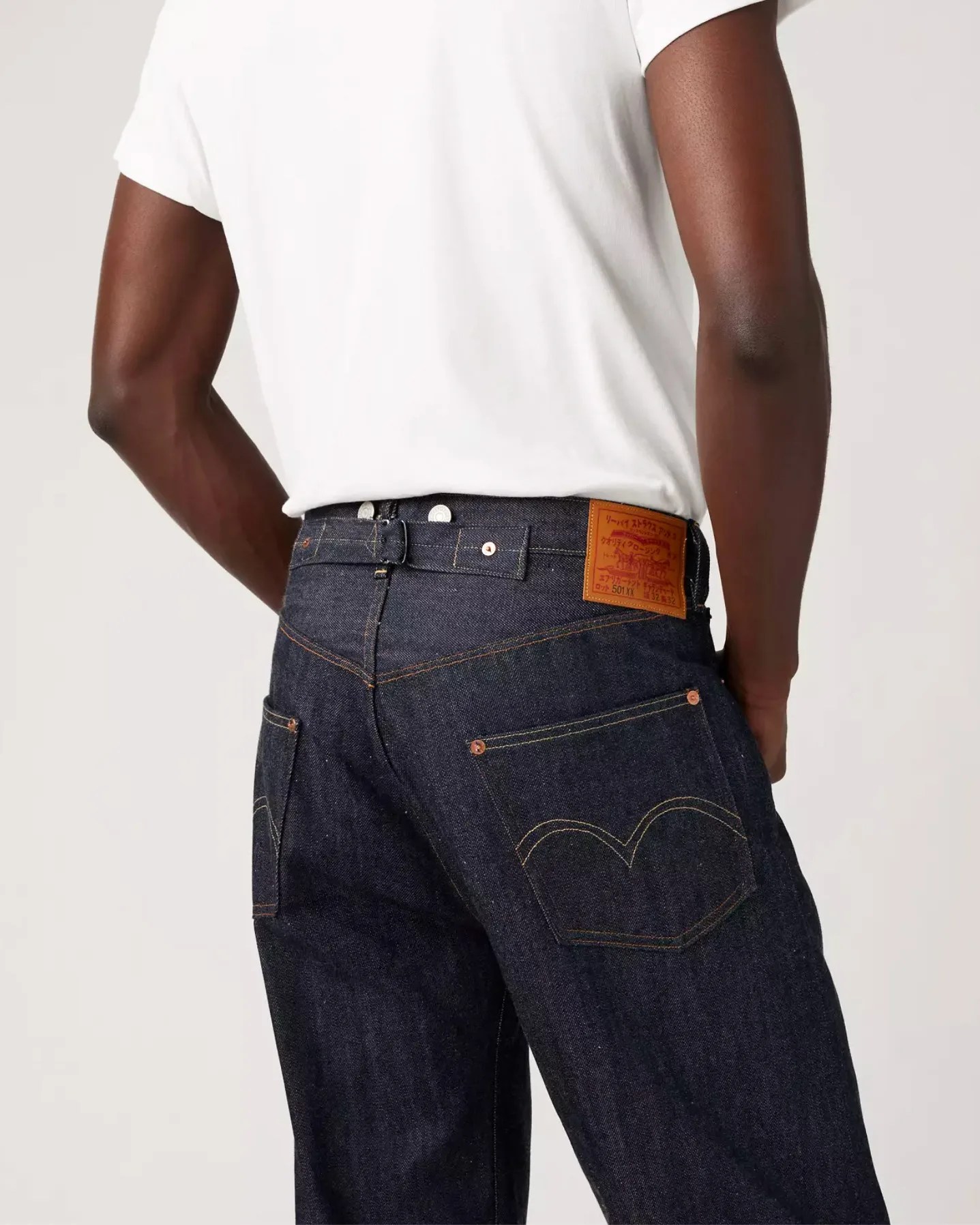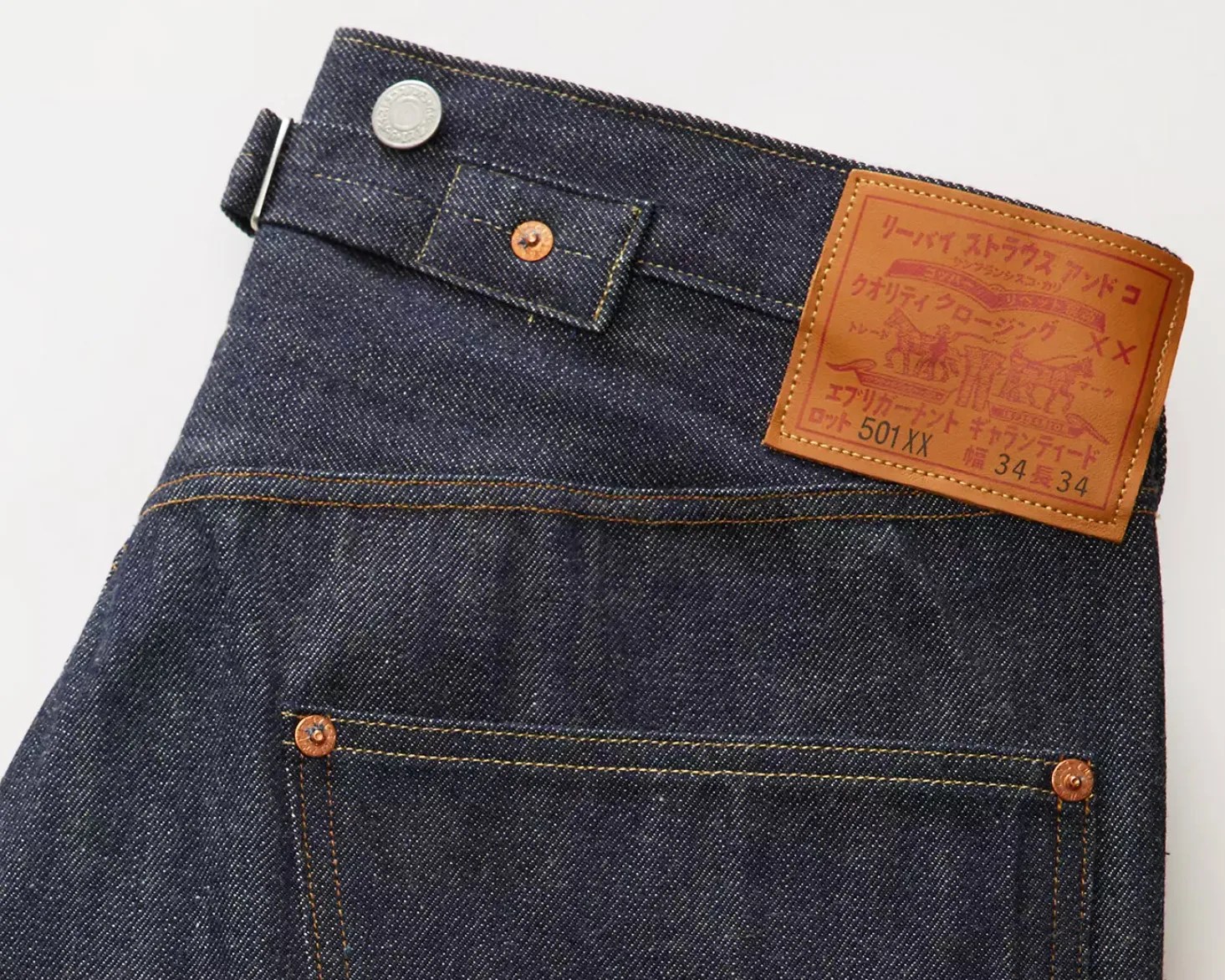Belts are so ubiquitous now that you might assume they’ve been around forever. But the truth is they’re a relatively recent addition to guys’ everyday wardrobes.
Before World War I, most men used suspenders or, if their pants had them, cinches stitched to the back of their jeans or trousers. At the time, waistlines sat higher and were designed to stay up without a belt, with the accessory largely reserved for military getups.

It was no different for workwear. The ever-iconic 501 blue jean, first developed by Levi Strauss and Jacob Davis in 1873, spent the first 49 years of its existence without any belt loops whatsoever.
The birth of belt loops
That all changed in 1922, when Levi’s first added them to the 501 — a watershed moment for not only denim design but menswear as a whole.
In some ways, WWI had already set the stage. Soldiers returning home from the war favored simple, utilitarian garments, leading to a decline in formalwear and tailoring. Waistlines dropped and belts came squarely into the fold.






